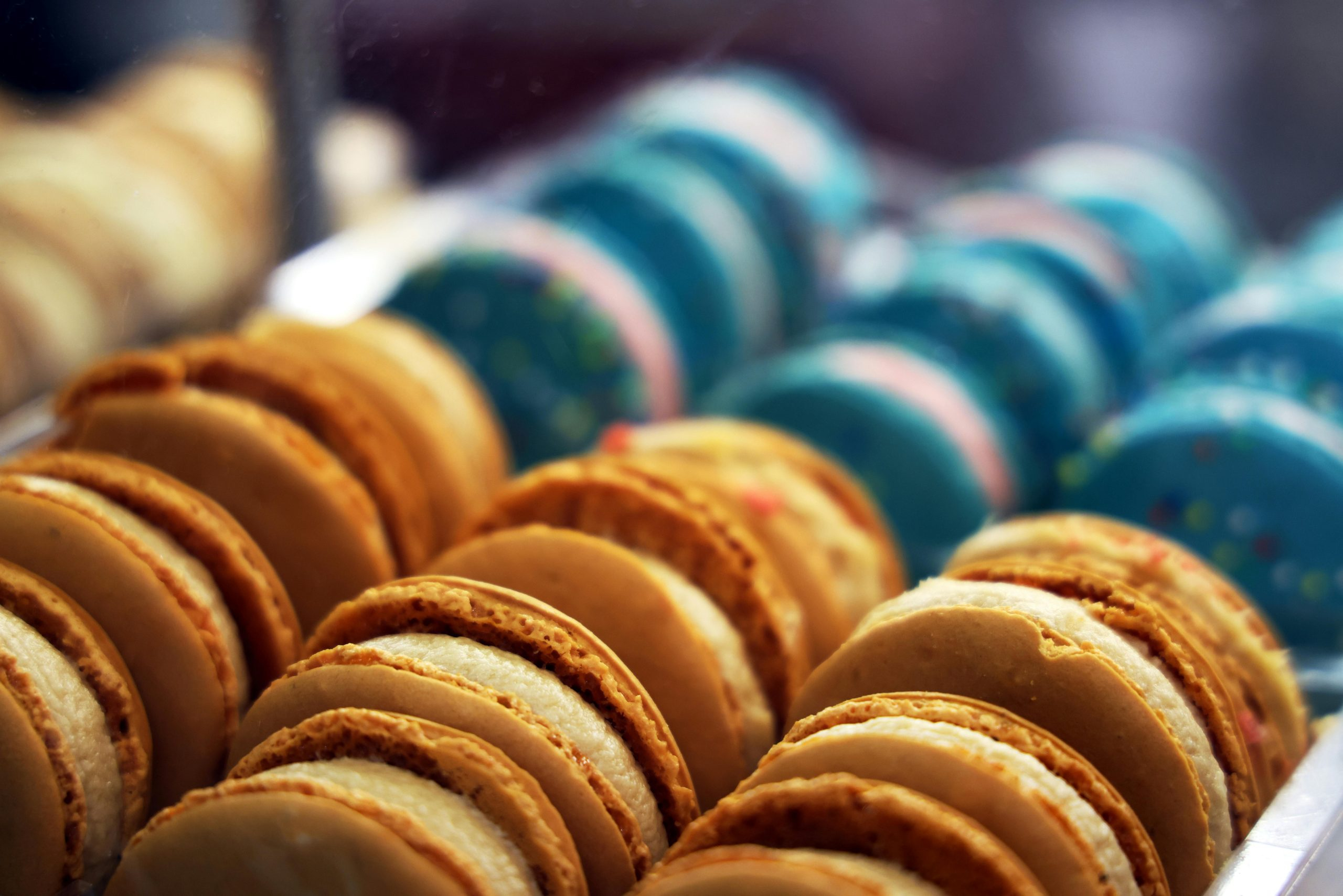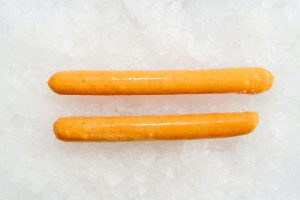The Maillard Reaction in Desserts: Caramelization’s Sweet Side
If you’ve ever indulged in a rich, decadent dessert that left you swooning with each bite, chances are you’ve experienced the Maillard Reaction. But what exactly is this mysterious process that creates such delectable treats? Let’s take a closer look at the Maillard Reaction in desserts and how it transforms everyday ingredients into extraordinary culinary delights.
The Basics of the Maillard Reaction
First, let’s start with the basics. The Maillard Reaction is a chemical reaction that occurs between amino acids and reducing sugars when exposed to heat. This process was first described in the early 1900s by French chemist, Louis-Camille Maillard, and has since become an essential part of cooking and baking.
In simpler terms, the Maillard Reaction is responsible for the browning and caramelization of foods when they are cooked at high temperatures. This reaction not only creates mouthwatering flavors and aromas, but it also changes the texture and appearance of the food.
The Role of Amino Acids and Sugars
During the Maillard Reaction, amino acids and reducing sugars combine to form flavor compounds and pigments. Amino acids are the building blocks of protein and can be found in a variety of foods, including meat, seafood, dairy, and plants. On the other hand, reducing sugars are a type of simple sugar that has the ability to reduce other substances, such as pigments, when exposed to heat.
As these two components come together and heat is applied, a cascade of chemical reactions take place, resulting in the Maillard Reaction. This process is often referred to as non-enzymatic browning since it does not involve enzymes, unlike other cooking processes such as fermentation and ripening.
The Maillard Reaction in Desserts
Now, let’s dive into how the Maillard Reaction specifically applies to desserts. By understanding this reaction, chefs and bakers can create a wide range of sweet treats that go beyond the traditional flavors we are accustomed to.
Caramelization: The Sweet Side of the Maillard Reaction
Caramelization is a type of Maillard Reaction that occurs when sugar molecules are broken down and reformed into new compounds. This process adds depth and complexity to the flavor of desserts, resulting in a rich, sweet taste that is irresistible.
For example, when white sugar is heated, it transforms into a golden brown liquid with a distinctive caramel flavor. This is commonly used in desserts such as caramelized apples, crème brûlée, and caramel sauce.
The Importance of Temperature and Time
The Maillard Reaction is dependent on both temperature and time. Different temperatures produce different flavor compounds, and the longer food is exposed to heat, the more intense the reaction will be. This is why certain desserts, such as cookies and cakes, are baked at different temperatures and for varying amounts of time to achieve the desired flavor and texture.
Additionally, the type of sugar used can also affect the Maillard Reaction. For example, fructose and glucose tend to caramelize faster than sucrose, resulting in a quicker browning process.
Conclusion
The Maillard Reaction is a fundamental part of creating delicious desserts. By understanding the role of amino acids and sugars in this chemical reaction, chefs and home cooks can elevate their desserts to the next level.
Next time you savor a perfectly golden brown pastry or a rich, caramelized dessert sauce, take a moment to appreciate the magic of the Maillard Reaction and how it has transformed simple ingredients into a sweet sensation for your taste buds.











